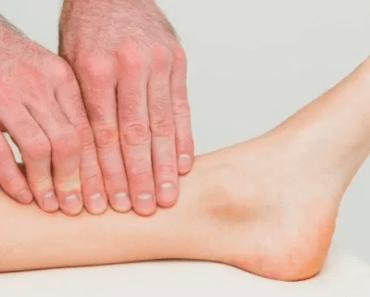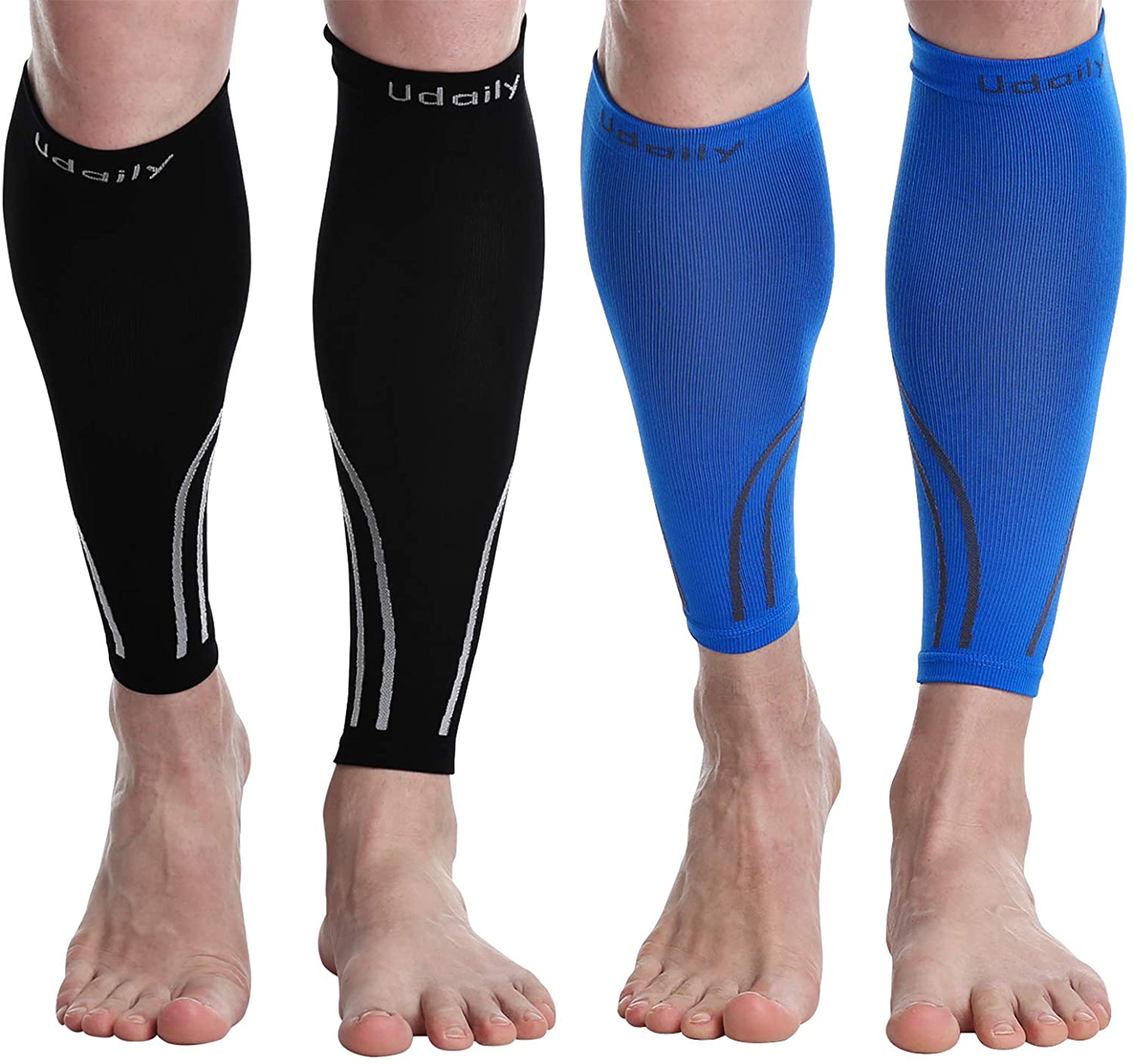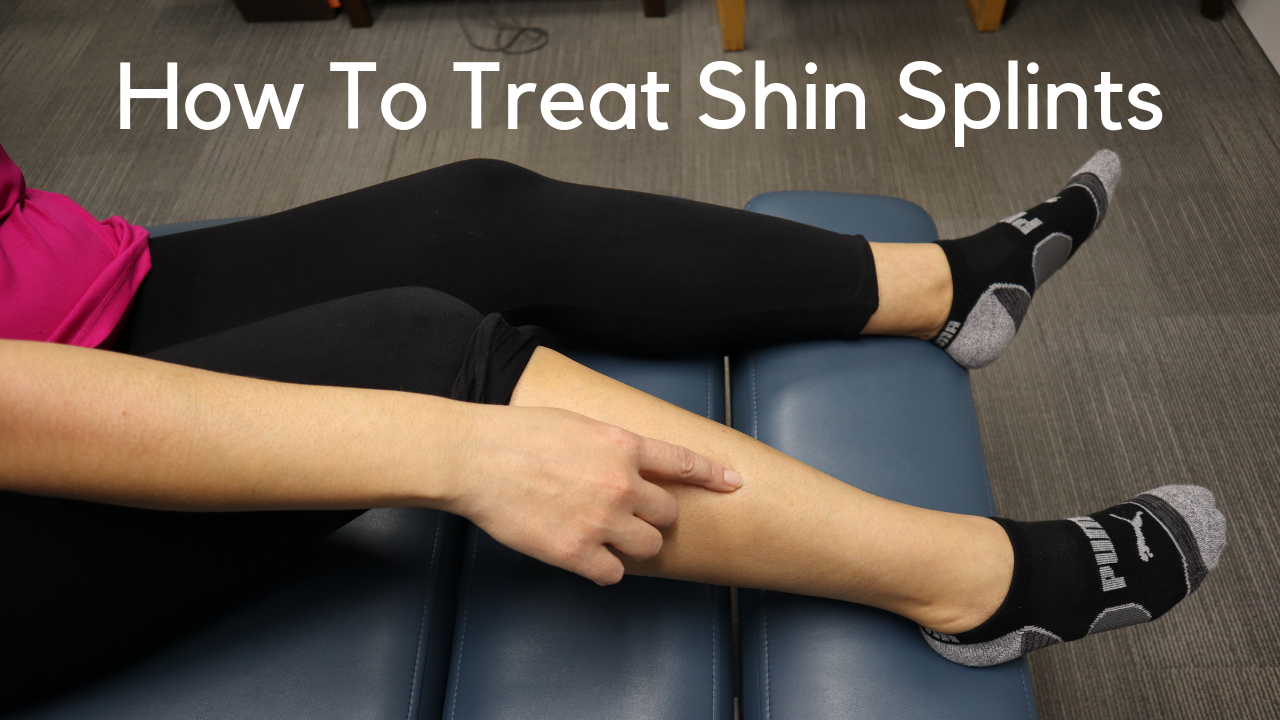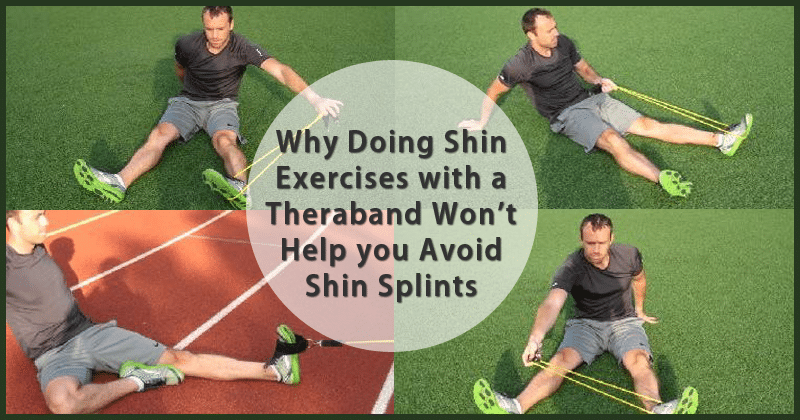Shin splints are common injuries for athletes of all ages and levels. They can happen for many reasons, but generally they result from training errors.
The main cause of shin splints is an increase in the hip-to-knee angle, more commonly known as the quadriceps angle (Q angle). Female athletes are at a greater risk for shin splints because their hips are usually wider than males’.
Shin splints are one of the most common overuse injuries in running and can be very painful. They can cause serious issues if they are not treated correctly. Thankfully, there is a proven system that can fix your shin splints for good and help you get back to playing the sport you love pain free.
Pros:
The best part about Shin Splints Forever is that it walks you step-by-step through the 7-step process of shin splint recovery, and gives you comprehensive guidelines for using nutrition, diet, and supplements to speed up the healing process and prevent relapse. It also includes a complete set of over 60 exercises and stretches you can use, along with comprehensive tips for improving flexibility and reducing stress on your lower leg muscles.
It’s all about the right treatment at the right time, in the right order! There are lots of other treatment options out there that fail to work, because they don’t match the right treatments with the right phases of your recovery.
There is no better way to start shin splint recovery than to make sure that you are doing the right treatments at the right times. Otherwise, you will go round-and-round and never get relief!
First, you need to rest and stop the activity until the pain subsides. You should also ice your shins regularly to ease swelling and reduce the inflammation. Do this for 20-30 minutes every 3 to 4 hours for a few days, or until the pain subsides.
You can also use shoe inserts, which can be customized for your specific foot or leg shape to increase support and stability. This can be especially helpful for people with flat feet or high arches.
In addition, you should try to stay away from high impact activities such as running and jumping until the pain subsides. This will not only reduce the risk of shin splints, but it can also prevent other injuries from occurring as well.
If you do decide to continue with your training, it is important to do so gradually. Adding new activities or changing your training routine too quickly can cause you to overtrain, which will result in injury.
Likewise, it is important to keep a healthy weight, as overweight runners are more likely to develop shin splints than those who are at an ideal bodyweight. It is also important to cross-train, as you will be less likely to overtrain if you are doing multiple activities.
Finally, it is important to monitor your calcium levels to ensure you are getting enough in your diet. Low calcium levels can lead to bone weakness, which can cause shin splints.
If you are a runner and have shin splints, I highly recommend that you read this book. It has helped thousands of runners and will also help you.
Cons
Shin splints are a common running injury that cause pain in the front of your shin. They are medically known as medial tibial stress syndrome and usually occur after too much running or sudden changes in your training routine.
The best way to avoid this problem is to use a good pair of running shoes, stretch your legs before and after every run, and always ice your shins after you’ve finished a workout. This will help to reduce inflammation and relieve the pain.
Most shin splints are caused by muscles that are too tight or weak, but they can also be caused by foot problems like excessive pronation (a condition where the arch of your feet collapses) or flat feet. If you have these problems, you can try to treat them by wearing special shoes that allow your feet to roll inwards less or adding an orthotic insert to your running shoes.
Another way to prevent shin splints is to make sure your calf muscles are strong. This is done by doing calf strengthening exercises and stretches. If you’re new to the process, be sure to consult with a physical therapist before you begin.
Besides strengthening your calf muscles, you can also take ibuprofen or acetaminophen to reduce the inflammation and discomfort. These medications are safe and effective when taken as directed. However, they can also lead to a variety of side effects, so it’s important to talk with your doctor before taking them.
The main goal of any shin splints treatment is to relieve pain and inflammation so you can get back to normal activities. There are a number of ways you can do this, including stretching, icing, compression and elevating your legs.
Some people choose to take non-steroidal anti-inflammatory drugs, such as ibuprofen or aspirin, to reduce the pain and inflammation. These medications can be helpful when the pain isn’t gone after a few days of resting and icing, but they can also have side effects.
Other treatments include massage, dry needling, cupping and soft tissue manipulation. You can do these treatments at home or in a professional setting, depending on your preferences.
Often, shin splints are a sign of a more serious injury, so it’s important to see your doctor when symptoms persist or become worse. They can do an examination and X-rays to determine the cause of your shin pain.
If you’re a beginner runner, you may need to adjust your running style. Some runners take long strides, which can put too much pressure on their shins and aggravate the problem. Those who have flat feet are more likely to develop shin splints because they tend to overpronate their feet.
Unlike some other injuries, there is no specific recovery timeline for shin splints. It depends on how quickly you recover from the initial pain and how long it takes you to build up your strength and endurance again. But you should be able to return to running without any pain once the injury has healed.
Final Words
Shin splints are very common overuse injuries and can be very painful. They are generally caused by too much running too soon or increasing the intensity of a particular workout.
Fortunately, there is a simple 3-step method that cures shin splints and prevents them from coming back. Gary Buchenic spent three years testing out different methods to find the best one for him and he is finally ready to reveal it to you.
The program will guide you step-by-step through the process of curing your shin splints for good and make sure that they never return. Moreover, it will provide you with the right diet and supplements that will help your body to heal quickly and properly.
It will also teach you the most effective exercises that are proven to improve your range of motion, strengthen your legs and improve your running technique. In addition, it will help you learn how to pick the perfect shoe for your unique needs.
But the biggest benefit of this program is that it will teach you how to prevent these shin splints from ever coming back again. And this is because it will show you how to fix the root cause of your pain, which in most cases is something that you didn’t even know about!
I’m not a doctor, but I can tell you that shin splints are overuse injuries and they will get worse if you don’t change your habits. If you are a runner, you probably increased your mileage, incorporated new types of workouts or simply pushed too hard and too quickly.
So, if you’re having shin splints, the first thing that you should do is stop and take a break. This will give your muscles time to recover and repair themselves.
During this period, you can also try using anti-inflammatory medications like Ibuprofen and Acetaminophen. It’s always a good idea to check with your doctor before starting this.
You can also try wearing orthotics. There are many available, some that go directly into your shoes, and others that attach to the tibia and knee. You should start with the smallest ones and work your way up as needed.







What i do not understood is in truth how you are not actually a lot more smartlyliked than you may be now You are very intelligent You realize therefore significantly in the case of this topic produced me individually imagine it from numerous numerous angles Its like men and women dont seem to be fascinated until it is one thing to do with Woman gaga Your own stuffs nice All the time care for it up
Attractive section of content I just stumbled upon your blog and in accession capital to assert that I get actually enjoyed account your blog posts Anyway I will be subscribing to your augment and even I achievement you access consistently fast